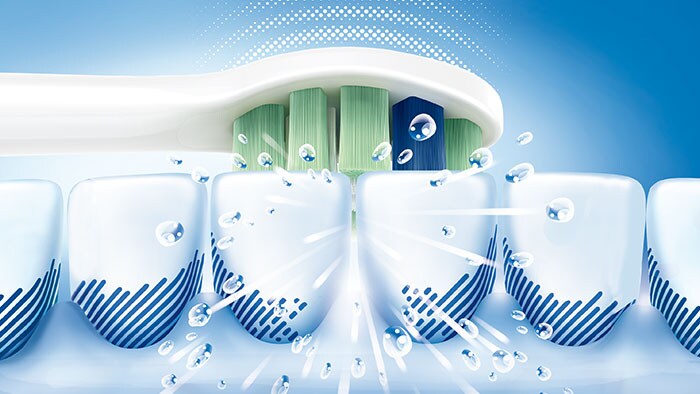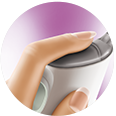2 min read – Ben Atkins

Ben Atkins
BDS and trustee of the Oral Health Foundation
Toothache is a horribly painful experience. It can quickly go from an occasional twinge when you have a hot or cold drink to a nagging, constant pain that can’t be ignored and makes normal day to day activities impossible. It can get even worse when you lie down and may stop you sleeping. Summary list

What are the causes of toothache?
What are the symptoms?
Symptoms change depending on the person and on the cause. It can be really hard to know exactly which tooth is affected. You may get all the pain on your jaw or even mistake it for earache. It can be a sharp, stabbing pain or a dull ache. Eating and drinking, especially hot and cold things can make it flare up. A cold wind can make it feel unbearable.

What can I do to help toothache at home?
Preventing decay is a good start to avoiding toothache. Brushing twice a day with an electric toothbrush can remove more plaque, which is the main cause of tooth decay. Electric brushes can also help with brushing for the correct time which gives toothpaste time to work. Fluoride toothpaste helps with reducing risk of tooth decay.
What treatment is there for toothache?
Sometimes a tooth may need to be taken out or a filling may need to be done. A root filling may need two or three visits to the dentist to complete.
Recommended

-
- Play Pause
- Play Pause
- Play Pause
Philips Sonicare DiamondClean Prestige Sonic electric toothbrush with SenseIQ - Blue
HX9992/12
Up to 20 x more plaque removal even in hard-to-reach areas
Experience our most advanced electric toothbrush: Philips Sonicare DiamondClean Prestige 9900 with SenseIQ technology. It enhances our proven sonic technology with intelligence, sensing and adapting to deliver personalised oral care.
See all benefitsAvailable in:
-
- Connected brushing made easy
- Built-in pressure sensor
- Smart brush head recognition
- 4 modes, 3 intensities
-
- Up to 20x more plaque removal
- Up to 15 x healthier gums
- Up to 100% whiter teeth
- Soft Bristle
- Compatible with all Sonicare handles except Philips One and Kids
£29.99* -
- Removes up to 99.9% of plaque
- Complete clean in 60 seconds
- 2 flossing modes, 3 intensities
- 250 ml reservoir
Conclusion
Don’t risk neglecting toothache as it will probably come back, even worse, at the most inconvenient time, like Christmas Day or your long- awaited holiday. Make an appointment to see your dentist. If the pain is unbearable, ask for an emergency appointment.
Our five-step routine for a healthy smile
Clean that
tongueClean that tongue
Tip: Remove bad breath bacteria that settle overnight by cleaning your tongue first thing.
Brush those
teethBrush those teeth
Fact: Acidic breakfast foods can weaken your enamel for about 45 minutes after you've eaten.
Tip: Brush before breakfast, and rinse with alcohol-free mouthwash after you've eaten.
Blast that
plaqueBlast that plaque
Tip: 40% of each tooth is hidden by its neighbor. Remove plaque from between your teeth before you brush, so your toothpaste can work its magic.
Replace that
brush headReplace that brush head
Fact: As your bristles wear out they start to remove less plaque.
Tip: If your blue reminder bristles fade before three months of use, it's time to replace your brush head.
Whiten that
smileWhiten that smile
Fact: Over four million patients whitened to a beautiful, white smile with Philip Zoom!
Tip: Special occasion coming up? Whitening can give you a brighter, more confident smile.


























